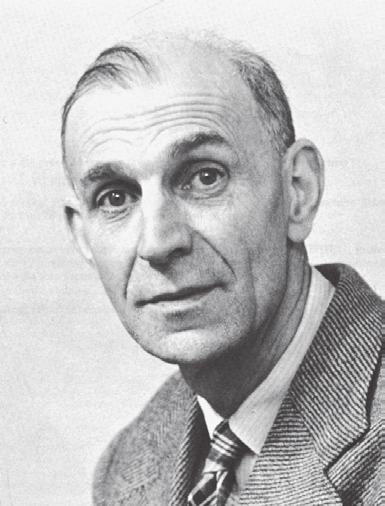Alfred Kastler had a very endearing personality: modest and exquisitely polite, always ready to listen to others, he was nonetheless firm in his commitment to social and political life. In 1958, during the Algerian war, he criticized the declarations of the Committee of Public Safety in Algiers and called for resistance, which led to his apartment being plastered. He was active in pacifist movements from an early age, and was one of the “thirteen citizens of the world” who launched an appeal against nuclear weapons in 1966, before joining the Pugwash movement founded by Albert Einstein and Bertrand Russel. In December 1981, he helped found the Committee for Nuclear Disarmament in Europe.
He also defended human rights and rallied to support Jewish physicists from the USSR, the “refuseniks”, who were forbidden to emigrate from their country. At the French Academy of Sciences, he is in charge of the association for the support of refugee scientists. He is committed to helping developing countries, notably by helping to organize the International Center for Theoretical Physics in Trieste.
Recognition
Alfred Kastler played a major role in the advancement of research in France. He became a member of the French Academy of Sciences in 1964, President of the French Physical Society in 1954, a member of the Comité consultatif and the Conseil de l’enseignement supérieur in 1947, and Chairman of the Board of the Institut d’Optique in 1962.
His international influence was considerable. He was a member of more than a dozen science academies worldwide, and won the Félix-Robin prize in 1946, the Holweck prize in 1954 and the Wilhem Exner medal in 1979. He also gave his name to the Franco-German Gentner-Kastler Grand Prize. He was awarded the CNRS Gold Medal in 1964, before the Nobel Prize in 1966. However, he always regretted that the latter was not shared with Jean Brossel.
In 1985, a year after his death, a major international symposium was held in Paris to honour his memory. Some one hundred prestigious speakers from all over the world testified to the scientific influence of his work. Today, a square in Paris bears Alfred Kastler’s name, as do several high schools in Cergy-Pontoise, Talence, Guebwiller, Stenay and Casablanca.

